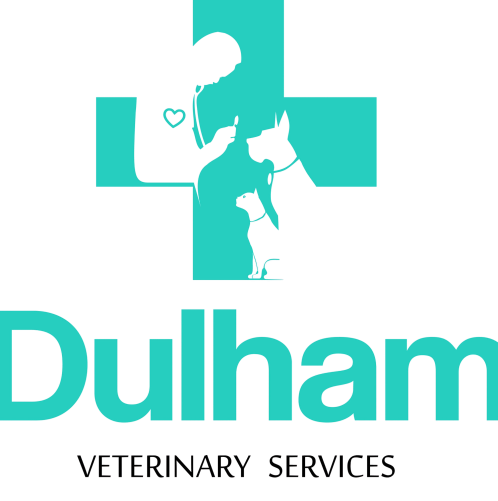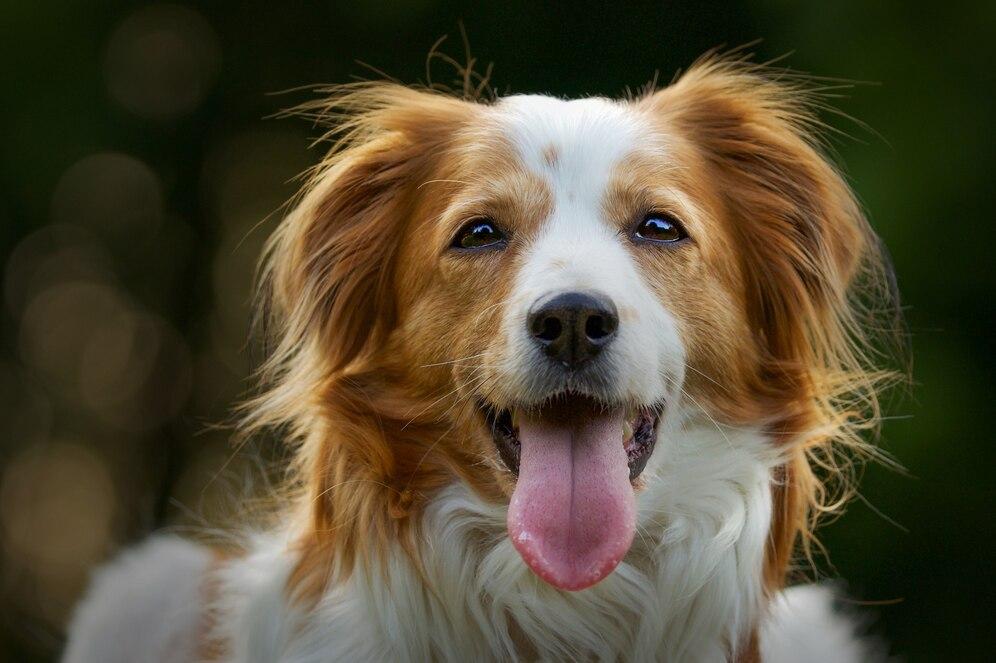Dog grooming is an essential aspect of pet care that goes beyond keeping your dog looking good. It’s about ensuring your pet’s overall health, well-being, and comfort. Regular grooming helps prevent skin issues, matting, and parasites while also allowing you to monitor your dog’s health more closely. Whether you’re new to pet ownership or just looking for ways to improve your grooming routine, this guide will walk you through the 7 essential steps of grooming a dog. These steps will help you give your dog the best care and maintain their health and hygiene.
7 Key Steps of Grooming a Dog
- Brushing Your Dog’s Coat
- Bathing Your Dog
- Nail Clipping
- Cleaning Your Dog’s Ears
- Teeth Brushing
- Flea and Tick Treatment
- Professional Grooming
1. Brushing Your Dog’s Coat
Brushing is one of the most important steps in dog grooming. It helps to remove dirt, debris, and loose fur while also preventing tangles and mats. Regular brushing promotes healthy skin by stimulating natural oils that give the coat a glossy, smooth appearance.
How to Brush:
- Choose the right brush based on your dog’s coat type (e.g., bristle brushes for short-haired dogs and slicker brushes for long-haired dogs).
- Gently work through tangles and mats, especially in sensitive areas like behind the ears and under the legs.
- Brush your dog thoroughly to distribute natural oils and prevent matting.
2. Bathing Your Dog
Bathing is necessary to keep your dog clean and fresh, but it should be done properly to avoid drying out their skin. Overbathing can strip the coat of natural oils, so it’s important to bath your dog only when necessary.
How to Bathe Your Dog:
- Use a gentle, pet-safe shampoo formulated for dogs.
- Make sure the water temperature is warm but not too hot or cold.
- Rinse thoroughly to remove all soap residue, which can irritate your dog’s skin.
- Gently dry your dog with a towel or blow dryer set to a low heat setting.
RECOMMENDED;
- Best 10 Dog Groomers on Lagos Island for 2025: Top Grooming Services
- Cost of Dog Grooming in Lagos for 2025: Pricing, Services, & Benefits
- Top 10 Veterinary Clinics in Lekki for 2025: Quality Care for Your Pet
3. Nail Clipping
Keeping your dog’s nails trimmed is essential for their comfort and health. Long nails can cause discomfort, lead to injury, or affect your dog’s posture and movement. Regular nail clipping helps keep your dog comfortable and prevents overgrowth.
How to Clip Your Dog’s Nails:
- Use a pet-specific nail clipper or grinder to avoid hurting your dog.
- Trim just the tips of the nails, avoiding the quick (the pink part of the nail).
- If you’re unsure, start by trimming a little bit at a time to avoid cutting too close to the quick.
- For dogs that don’t tolerate nail clipping, consider seeking help from a professional groomer or veterinarian.
4. Cleaning Your Dog’s Ears
Regular ear cleaning helps prevent infections caused by dirt, wax buildup, and moisture. Certain breeds, especially those with floppy ears, are more prone to ear infections, making ear care a crucial part of grooming.
How to Clean Your Dog’s Ears:
- Use a gentle, pet-safe ear cleaner recommended by your vet.
- Soak a cotton ball or gauze pad with the cleaner, and gently wipe the inside of your dog’s ears.
- Avoid inserting anything into the ear canal, as this can cause damage.
- If you notice any signs of infection, such as redness, odor, or discharge, contact your vet.
5. Teeth Brushing
Dental health is often overlooked, but it’s crucial for your dog’s overall well-being. Regular brushing helps prevent plaque buildup, gum disease, and bad breath. Brushing your dog’s teeth is just as important as any other grooming step.
How to Brush Your Dog’s Teeth:
- Use a dog-specific toothbrush and toothpaste, as human toothpaste can be harmful to dogs.
- Start slowly, brushing a few teeth at a time until your dog becomes accustomed to the process.
- Focus on the outer surfaces of the teeth, especially along the gum line.
- For dogs that resist brushing, try dental wipes or water additives that promote oral health.
6. Flea and Tick Treatment
Flea and tick prevention is essential for your dog’s comfort and health. These pests can cause itching, discomfort, and potentially serious health issues like Lyme disease. Regular grooming allows you to spot fleas or ticks and treat them promptly.
How to Treat Fleas and Ticks:
- Use a flea and tick preventive recommended by your veterinarian.
- Check your dog regularly for signs of fleas or ticks, especially after walks in wooded or grassy areas.
- If you find a tick, use fine-tipped tweezers to remove it, grasping as close to the skin as possible.
- Bathing your dog with a flea and tick shampoo can also help remove any pests that may be clinging to their coat.
7. Professional Grooming
While regular at-home grooming is essential, professional grooming can give your dog an extra level of care. Professional groomers have the expertise and equipment to perform specialized services like haircuts, de-shedding treatments, and deep cleaning.
When to Consider Professional Grooming:
- If your dog has a thick, long coat that requires regular trimming.
- If your dog’s grooming needs go beyond your comfort level or abilities.
- For breeds that require specialized care, such as Poodles, which need regular haircuts.
- If you’re short on time or prefer to have your dog pampered by professionals.
Why Grooming Is Important for Your Dog’s Health
Grooming your dog regularly is about more than just aesthetics – it’s essential for their health and well-being. Regular grooming allows you to monitor your dog for any signs of health problems, such as lumps, skin irritations, or ear infections. It’s also a great way to spend quality time with your pet, strengthening your bond.
Why Choose Dulham Veterinary Services for Your Dog’s Grooming?
At Dulham Veterinary Services, we understand the importance of grooming for your dog’s health and comfort. Our team of experienced professionals is committed to providing the highest quality grooming services tailored to meet your dog’s specific needs. Whether it’s a bath, haircut, or full grooming session, we ensure that your dog receives the best care in a safe, comfortable environment.
Ready to pamper your dog? Visit Dulham Veterinary Services for a professional grooming experience that ensures your dog is happy, healthy, and looking great. Book your appointment now.
Frequently Asked Questions About Grooming Your Dog
How often should I groom my dog?
The frequency of grooming depends on your dog’s breed and coat type. Long-haired breeds may require grooming every 4 to 6 weeks, while short-haired breeds might only need grooming every 6 to 8 weeks.
Can I bathe my dog too often?
Bathing your dog too often can dry out their skin and coat. It’s best to bathe your dog only when necessary—typically every 4 to 6 weeks, depending on their activity level and coat condition.
How can I tell if my dog has fleas or ticks?
Look for signs such as excessive scratching, biting at their skin, or visible small bumps. Ticks are usually larger and can be found clinging to your dog’s skin, especially around the ears, neck, or paws.
Is professional grooming necessary for my dog?
While regular home grooming is essential, professional grooming is recommended for dogs with complex coat types or breeds that require regular haircuts. Professional groomers also have the tools to provide deep cleaning and specialized care.
Can grooming help with my dog’s health issues?
Yes! Regular grooming helps detect early signs of health problems like skin infections, lumps, or parasites. It’s also an opportunity to ensure your dog is in top health and comfortable.

